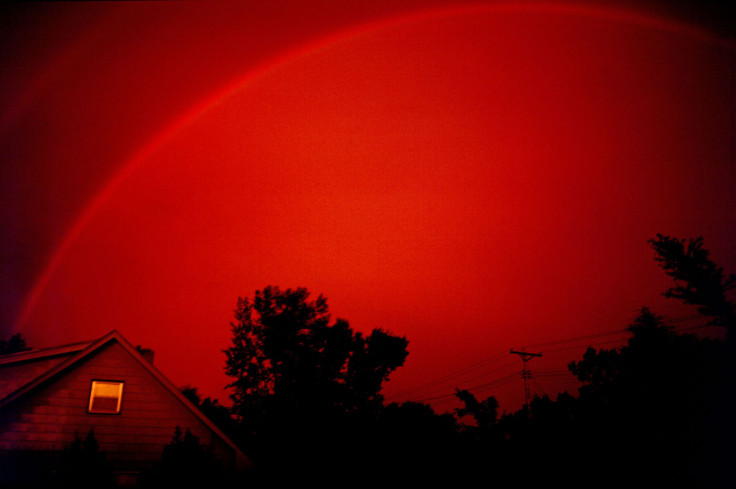IBM patents night vision Google Glass tech for superhuman sight

Is IBM bringing super-sight to the masses? That could be the case after a patent emerged detailing plans to bring red-eyed night-vision capabilities to eyewear such as Google Glass.
While the high-tech eye-tech does not provide true night vision per se, the system described in the patent instead aims to trick the human brain into focusing on high-contrast imagery in low light.
Big Blue's Google Glass modifications include a sensor and "a comparator device" designed to detect and contrast light intensity. When the light intensity drops below a set level, a pair of projectors – one for each eye – bathe the user's eyes in red light. The patent claims the effect is similar to that of dark rooms used in photography or the red-tinted glasses worn by some airline pilots.
The science behind the technology centres on the way in which the human eye adapts to poorly-lit environments. When a person enters a dark room, a slow adjustment takes place where a type of photoreceptor in the eye –called rod cells – adapts to the low levels of light.
However, environments enveloped in darkness with a red-tinge cause the rod cells to send high-contrast images to the brain. Under these conditions, visibility is greatly improved and it is far easier to make out objects. IBM's red-overlay design uses this principle to mimic night-vision and improve the wearer's sight in dark environments.
Binocular rivalry and phoria
While it appears that IBM's patent could suit almost any kind of tech-powered eyewear with the appropriate adaptation, Google Glass is noted specifically due to the side-effects that night-vision technology of this kind could induce.
The patent reads: "The wearer of current glasses such as Google Glass is subject to the risk of a phenonena referred to as binocular rivalry and phoria: a latent deviation or misalignment of the eyes that appears when both eyes are no longer looking at the same object." IBM's documentation claims that by projecting the light into both eyes through two separate sources, the side-effects of binocular rivalry and phoria are avoided.
Whether or not the superhero-like Google Glass feature will ever see the light of day is another matter, but with no sign of the long-rumoured Google Glass 2, who knows what kind of bizarre functionality a future optical HMD could support.
© Copyright IBTimes 2025. All rights reserved.






















